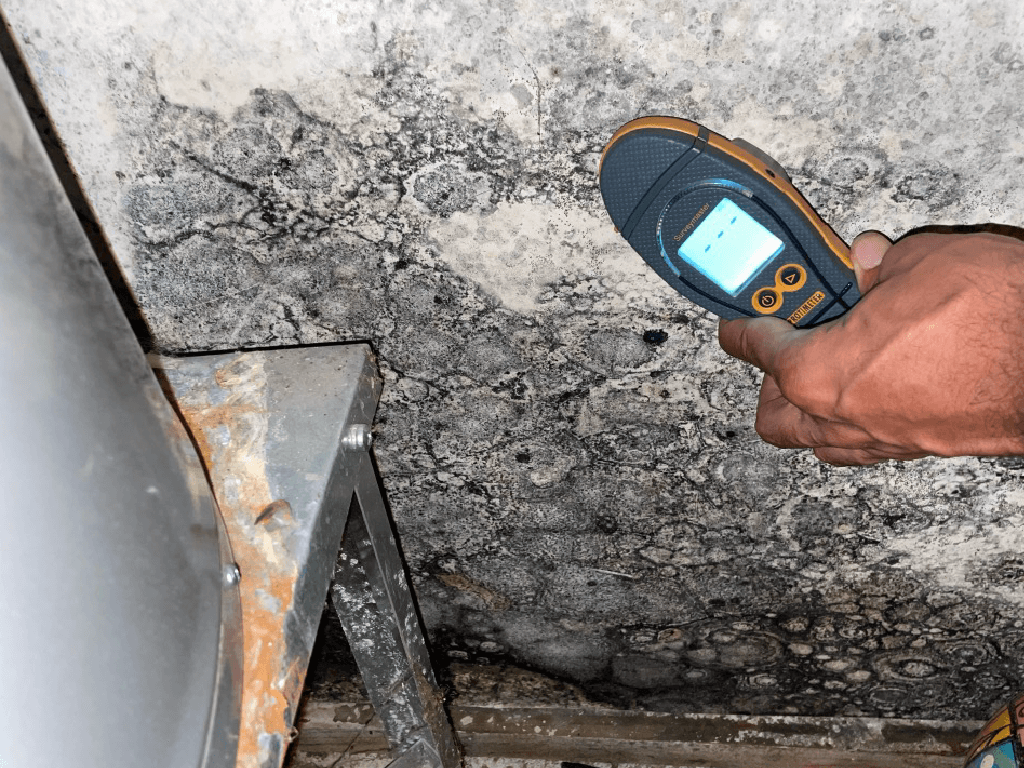When most people think about seasonal maintenance, they imagine cleaning gutters or prepping for hurricane season.
But one essential task often gets overlooked — scheduling a professional mold assessment.
In Florida’s humid climate, different seasons bring different mold risks.
Understanding how the time of year affects your home’s vulnerability can help you stay one step ahead of hidden problems.
Here’s why seasonal mold assessment should be on every homeowner’s checklist.
Spring: The Season of Hidden Moisture
Florida’s springtime can still be quite humid, with frequent rains and warming temperatures.
After months of winter moisture buildup, spring becomes the perfect time for mold to thrive — especially in:
- Crawl spaces
- Attics
- Behind drywall
A thorough Mold Assessment in spring helps spot moisture problems that developed silently over the winter.
Summer: High Humidity, High Risk
Summer in Tampa Bay is no joke — with soaring humidity levels and daily thunderstorms.
Common summer mold risks include:
- Condensation around air conditioning ducts
- Water intrusion from roof leaks during heavy rains
- Poor ventilation in closed-up rooms
Scheduling a summer mold assessment can catch these issues early, helping prevent costly infestations later.
Fall: Post-Hurricane Season Inspections
Fall in Florida often means dealing with the aftermath of hurricane season.
Even if your home didn’t suffer visible flood damage, heavy rains and high winds can force moisture into hidden spaces.
A fall mold assessment focuses on:
- Inspecting for hidden leaks
- Testing indoor air quality after storms
- Ensuring that drying efforts (if any) were truly effective
It’s a vital step for protecting both your health and the value of your property.
Winter: The Silent Spreader
Winter is typically drier, but many homeowners close up their houses to conserve energy — reducing natural ventilation.
Trapped humidity, combined with temperature differences between indoor and outdoor air, can still create condensation hotspots.
Plus, minor leaks or drainage issues that start in winter often go unnoticed until they fuel major mold growth months later.
A winter mold assessment checks for:
- Insulation issues
- HVAC system moisture
- Dormant mold colonies getting ready to bloom in spring
Proactive, Year-Round Protection
Mold doesn’t work on a schedule — but you can.
By adding seasonal mold assessments to your property maintenance routine, you can:
- Catch problems early
- Protect your home’s structural integrity
- Maintain a healthier indoor environment year-round
Don’t wait for visible signs. Stay ahead of the game with a professional Mold Assessment tailored to the unique challenges of each season.


